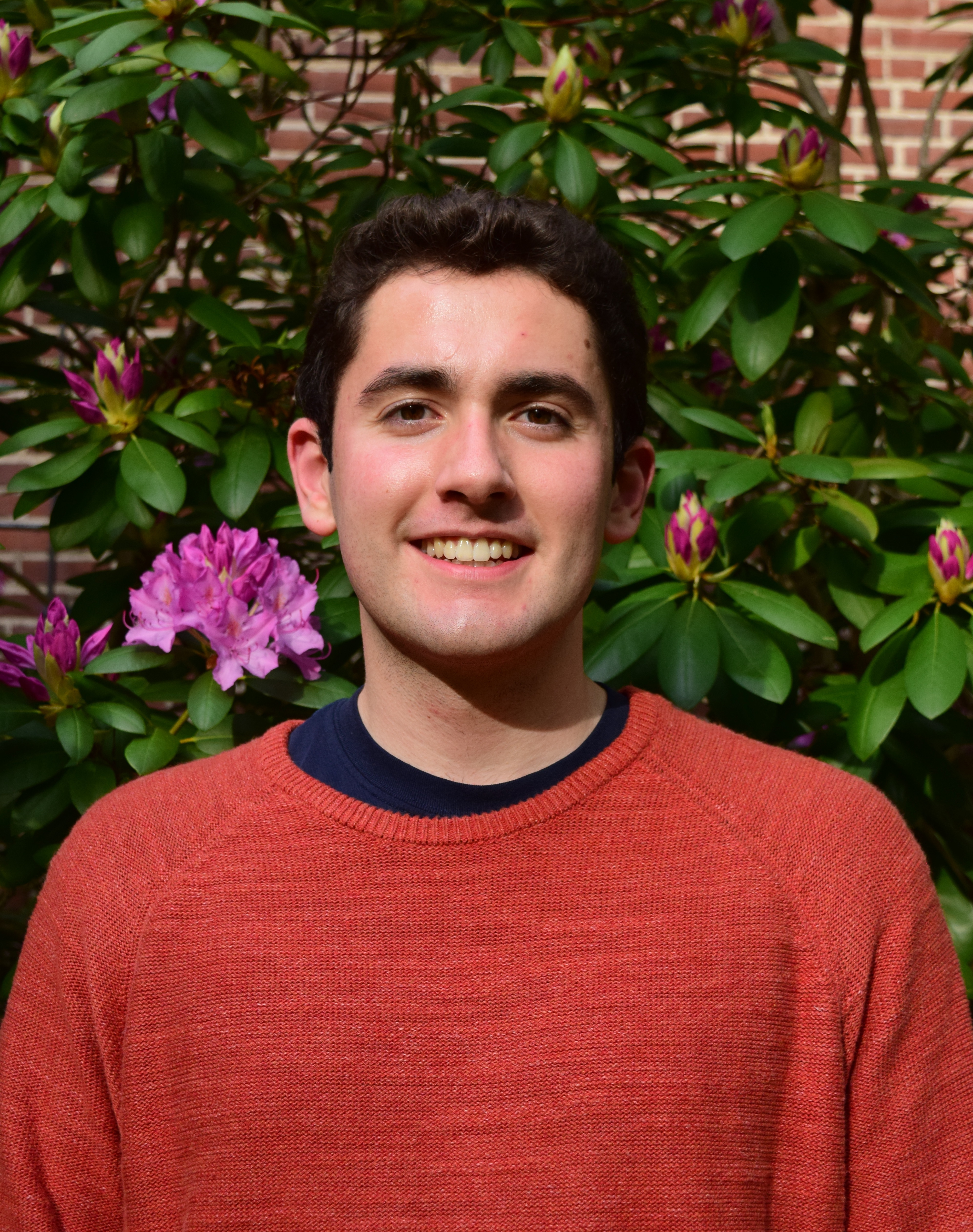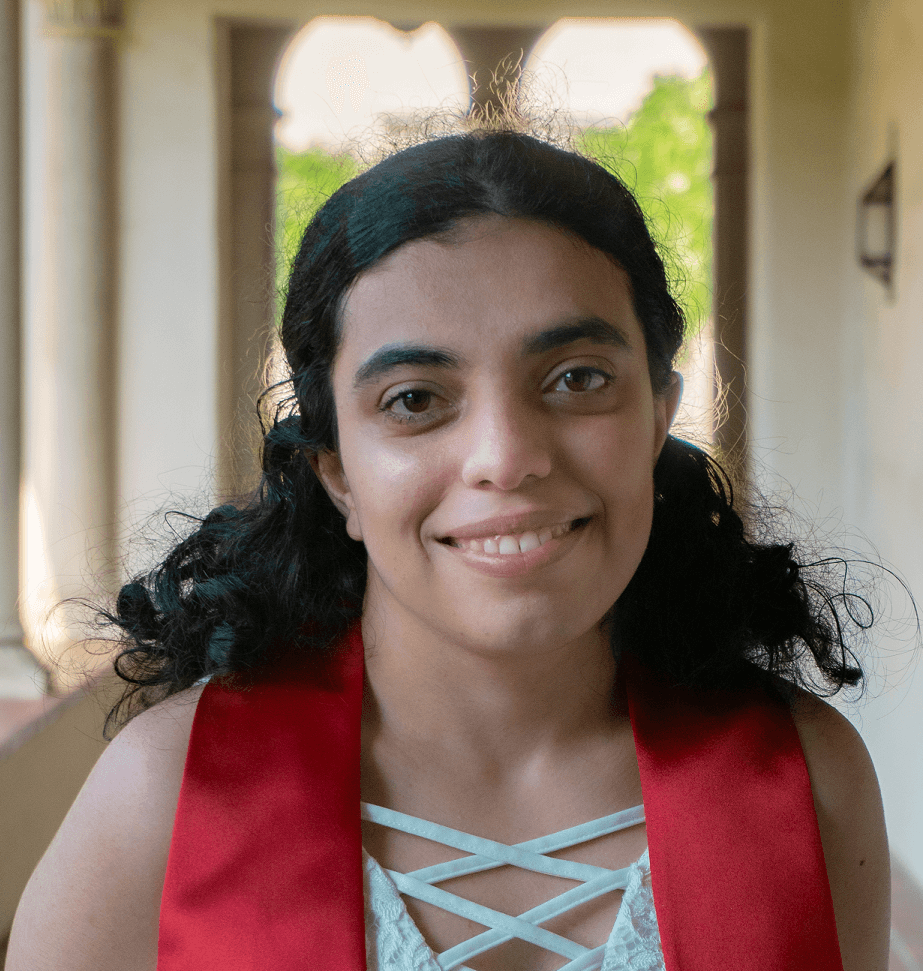People
Current Members of the Kroll Group

Top row: Erik Helstrom (double-neck flask), Matthew Goss ("Sonny" the sonicator), Hannah Kenagy (label-maker), Jesse Kroll (activated charcoal), Seamus Frey (hammer)
Bottom row: Lesly Franco (giant wrench) , Nadia Tahsini (RH meter), Amanda Gao (regular wrench), Lexy LeMar (mallet)

✉ jhkroll@mit.edu
☎ (617) 253-2409
MIT Building 48-331
Jesse Kroll
Professor of Civil and Environmental Engineering
Professor of Chemical Engineering
Director, Ralph M. Parsons Laboratory
Education: A.B., Harvard 1996, Chemistry and Earth and Planetary Sciences; Ph.D., Harvard 2003, Chemistry
Jesse's interests lie in the chemical transformations that organic compounds undergo in the atmosphere. His graduate work focused on gas-phase reactions, and his postdoctoral work (at Caltech) on the formation of secondary organic aerosol (SOA). He was then a Senior Scientist at Aerodyne Research, Inc., developing and using mass spectrometric tools to characterize organic aerosol. He joined the MIT faculty in 2009.

✉ hskenagy@mit.edu
Hannah S. Kenagy
Postdoctoral Researcher, joint with Heald Group
Education: B.S., University of Chicago 2016, Chemistry; Ph.D., UC Berkeley 2021, Chemistry
Hannah did her PhD at UC Berkeley where she used airborne field observations and computational modeling techniques to study the chemistry of nitrogen oxides in urban environments, with a particular focus on nighttime and condensed phase chemistry. At MIT, Hannah is an NSF Postdoctoral Fellow working jointly in the Kroll and Heald groups to study the importance of chlorine-initiated VOC oxidation for secondary organic aerosol formation using a combination of laboratory and global modeling experiments.

✉ jiajiang@mit.edu
Jia Jiang
Postdoctoral Researcher
Education: B.S., Zhejiang University 2011, Atmospheric Science; M.E., Zhejiang University 2014, Geophysical Engineering; Ph.D., UC Riverside 2021, Chemical Engineering
Jia completed her Ph.D. at UC Riverside, where she focused on the gas-phase chemical mechanisms for ozone and SOA formation, specifically investigating VOCs related to wildfires. Her current role at MIT is aiming to build a systematic approach for developing chemical mechanisms that integrates comprehensive laboratory data with modeling techniques.

✉ ljfranco@mit.edu
Lesly Franco
Graduate Student
Education: B.S., UCLA 2015, Environmental Science; M.S., University of Washington 2018, Environmental and Forest Sciences
Lesly is interested in aerosol microphysics and chemistry and the role of aerosols in climate. Her work will be focusing on the oxidative aging of aerosols using flow tube reactors. Her previous work focused on the health impacts from elevated concentrations of wildfire PM2.5 at the University of Washington and cloud microphysics at MIT.

✉ sfrey37@mit.edu
Seamus Frey
Graduate Student
Education: B.A., Bowdoin College 2023, Chemistry
Seamus is interested in exploring the reactions of volatile organic compounds in the atmosphere through chamber studies. Before arriving at MIT, Seamus conducted research centered around predicting the environmental fate of pharmaceuticals in the environment (Bowdoin) and exploring the partitioning of water soluble organic gases to aqueous aerosols (UC-Irvine).

✉ aggao@mit.edu
Amanda Gao
Graduate Student
Education: B.S., Caltech 2018, Chemical Engineering and English
Amanda is interested in the application of low-cost sensors for atmospheric pollutant measurements, and in applying novel data analysis techniques to draw useful conclusions from these measurements. In particular, she has developed a novel instrument with the potential to detect and classify volatile organic compounds (VOCs) from indoor pollution sources and wildfire smoke emissions.

✉ mgoss@mit.edu
Matthew Goss
Graduate Student
Education: B.A., Williams College 2017, Chemistry
Matthew's research interests lie in the exploration of oxidative reaction pathways that shape the atmospheric fate of volatile organic compounds. His present work focuses broadly on the implications of chemical transformation pathways, such as peroxy radical isomerization, with a specific focus on the chemistry of dimethyl sulfide, a compound emitted by phytoplankton in the oceans. Before arriving at MIT, he conducted research in organic contaminant analysis (Stockholm University) and synthetic organic chemistry (Williams College).

✉ helstrom@mit.edu
Erik Helstrom
Graduate Student
Education: B.S., Columbia University 2018, Physics
Erik's research focuses on the formation and composition of secondary organic aerosol from chemical processing of volatile organic compounds under varying oxidative conditions, as well as on measurement techniques for monitoring the evolution of reactive carbon and nitrogen in laboratory studies. Prior to his time at MIT, he received his undergraduate degree in Physics at Columbia University, and conducted research on regional-scale haze and particulate matter in the US.

✉ llemar@mit.edu
Lexy LeMar
Graduate Student
Education: B.S., Caltech 2021, Chemical Engineering
Lexy is interested in studying reaction pathways of organic radicals in the aqueous phase. Her research focuses on how the reactivity of alkoxy and peroxy radicals differs between the gas phase and aqueous phase. Prior to MIT, she conducted research at NASA's Jet Propulsion Laboratory, modifying and implementing a photochemical model for studying atmospheric chemistry on exoplanets.

✉ ntahsini@mit.edu
Nadia Tahsini
Graduate Student
Education: B.S., Stanford University 2020, Chemical Engineering
Nadia is interested in using chamber studies to explore the reaction pathways of atmospheric compounds. Her research focuses on the chemistry and reactivity of organic peroxy radicals, and subsequent aerosol formation, in the atmosphere under various conditions. Prior to MIT, she conducted research in nanoparticle catalysis at Stanford.

